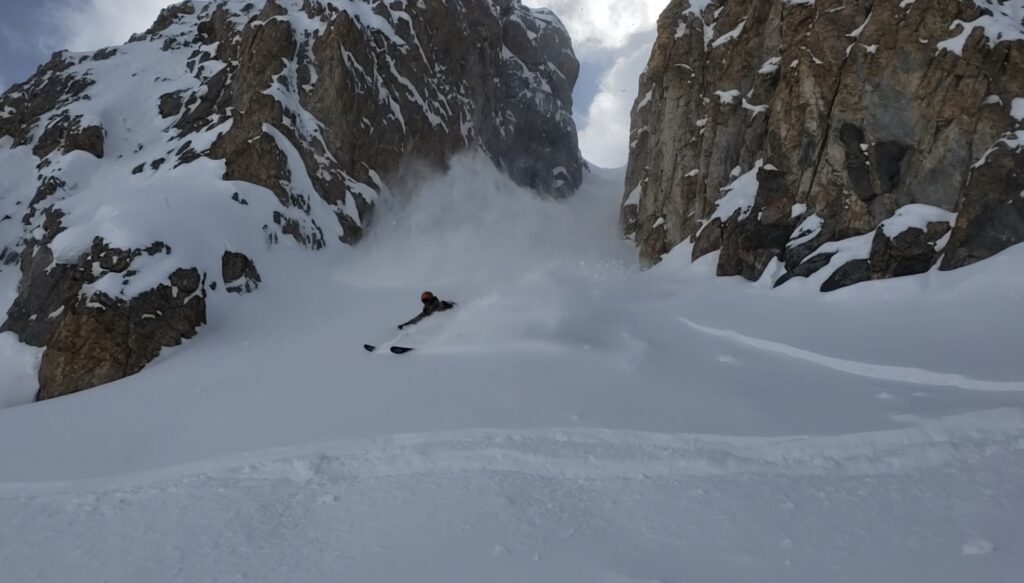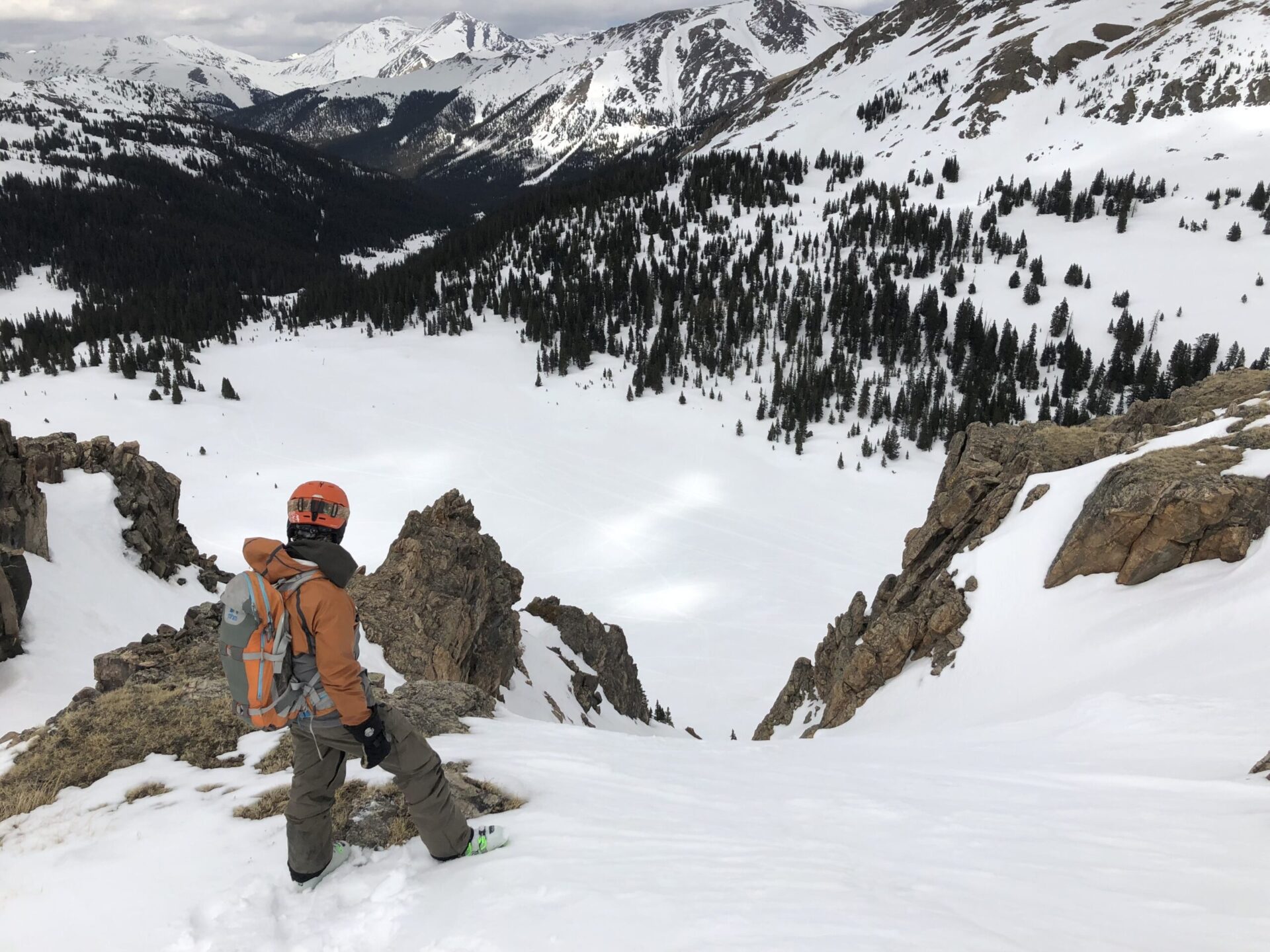
What the heck is ‘Backcountry’?
Resort alpine skiing is the version of skiing that you’re accustomed to. “Resort”, meaning lift-accessed, and “alpine” meaning your heel is locked down (as opposed to telemark, where your heel is free). Sidecountry skiing is where you take a lift up and then hike into less accessible terrain, usually still patrolled and avalanche controlled by the local resort. Backcountry skiing is off resort, with no lifts, patrol, or avalanche mitigation.
Why go through the effort? Simple: fresh turns. If you’ve ever skied boot-deep fresh powder, you know what I’m talking about. If not, well, just take my word for it: it’s heaven on earth. And the further you get from the lifts or trailheads, the fresher your turns are likely to be. As a lifelong powder hound, I don’t mind ‘earning my turns’.
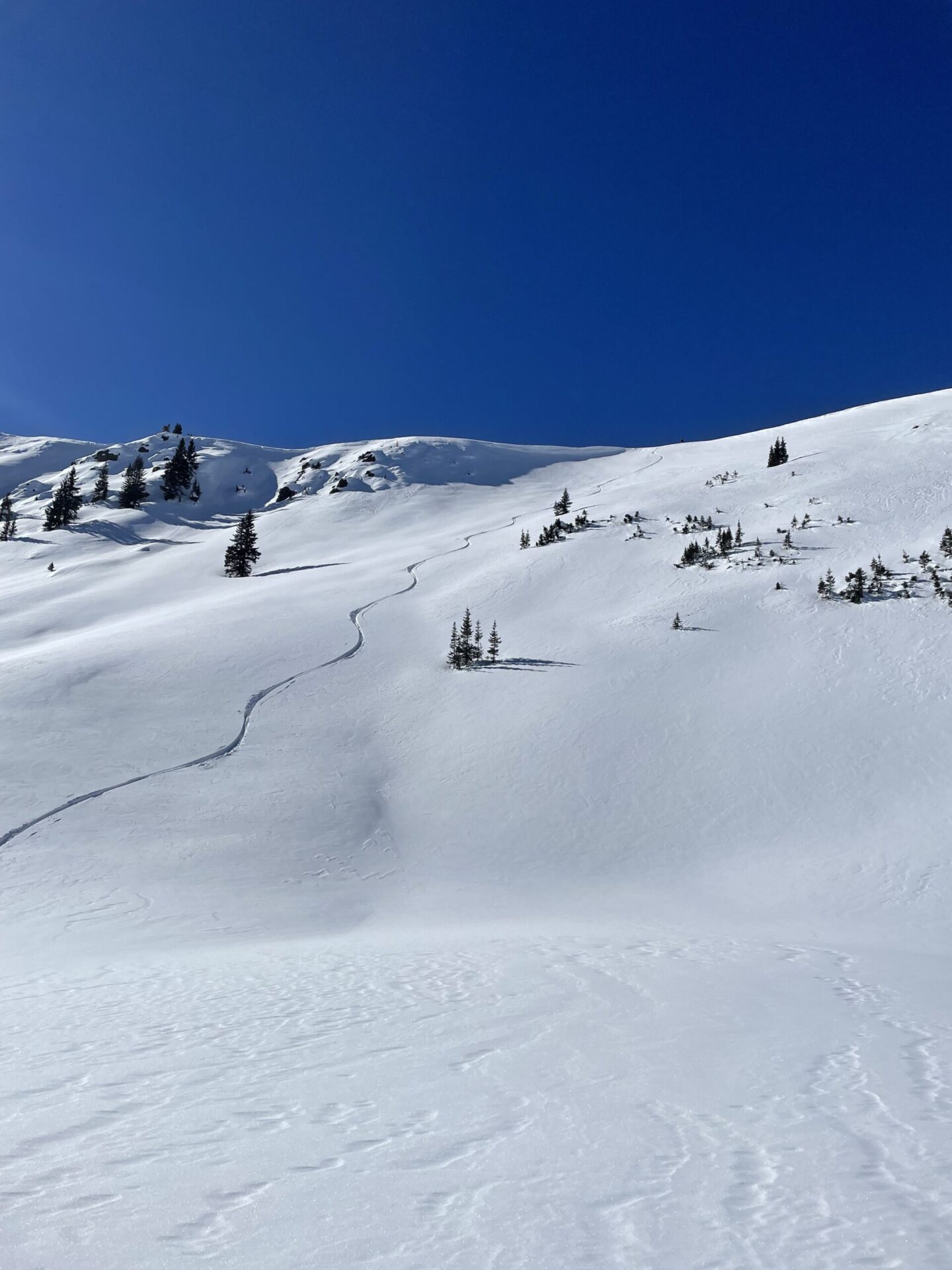
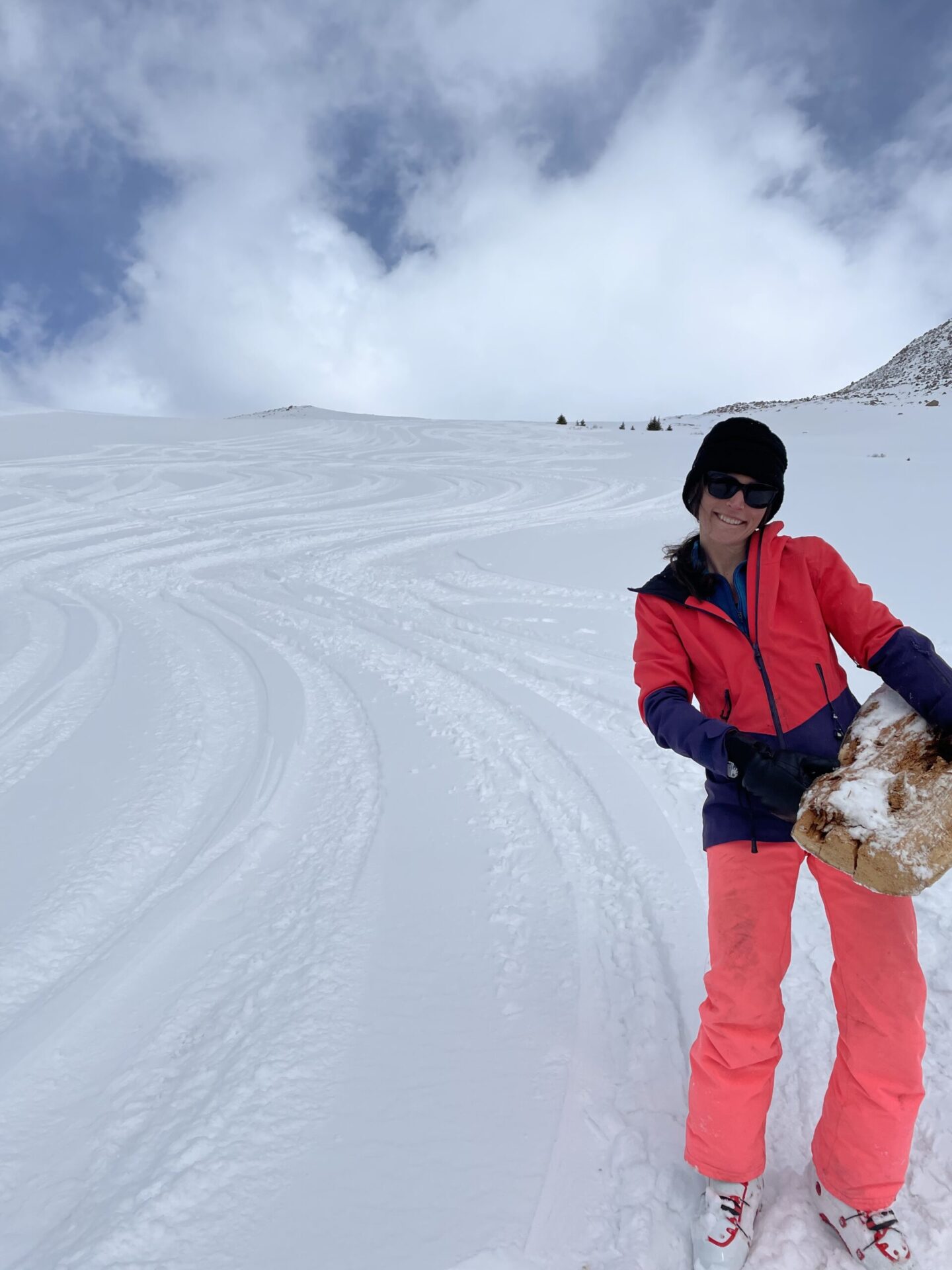
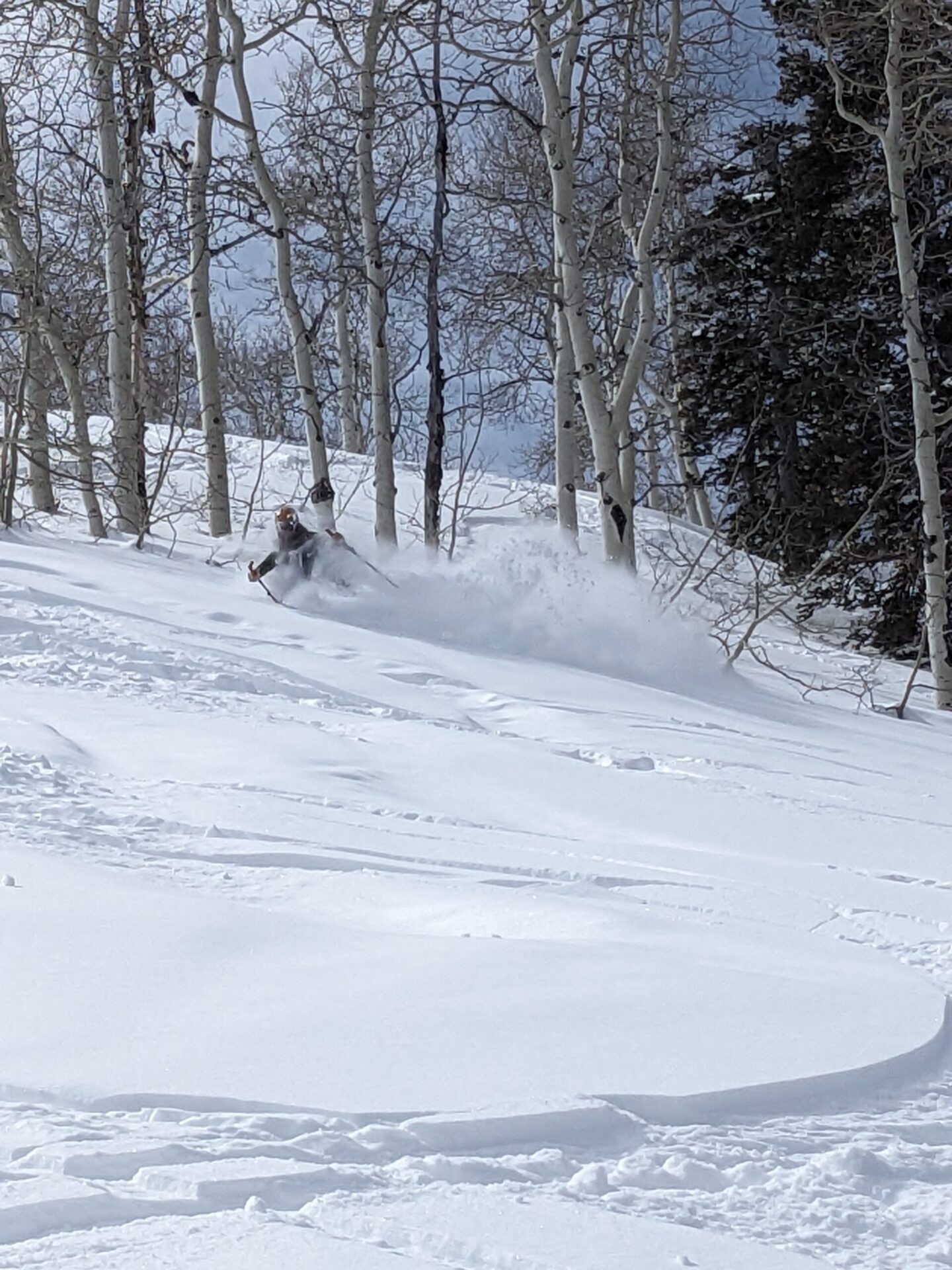
What equipment do you use? There are 3 downhill sports in backcountry (BC) skiing: alpine touring (AT) (‘regular’ skis, that have an ‘uphill’ mode, which releases your heel, allowing you to walk uphill with your ski on), telemarking (the original mode of BC travel, with a free heel all the time), and splitboarding (a snowboard that turns into AT skis for the uphill, like a transformer toy for knuckle-draggers).
To travel uphill, you also need skins: carpet-like sheets that stick to the bottoms of your skis for the uphill and are taken off when ‘transitioning’ to the downhill. Last, it’s important to carry a first aid, gear repair, and a small survival kit (emergency bivy, fire, cordage, multi-tool, etc.).
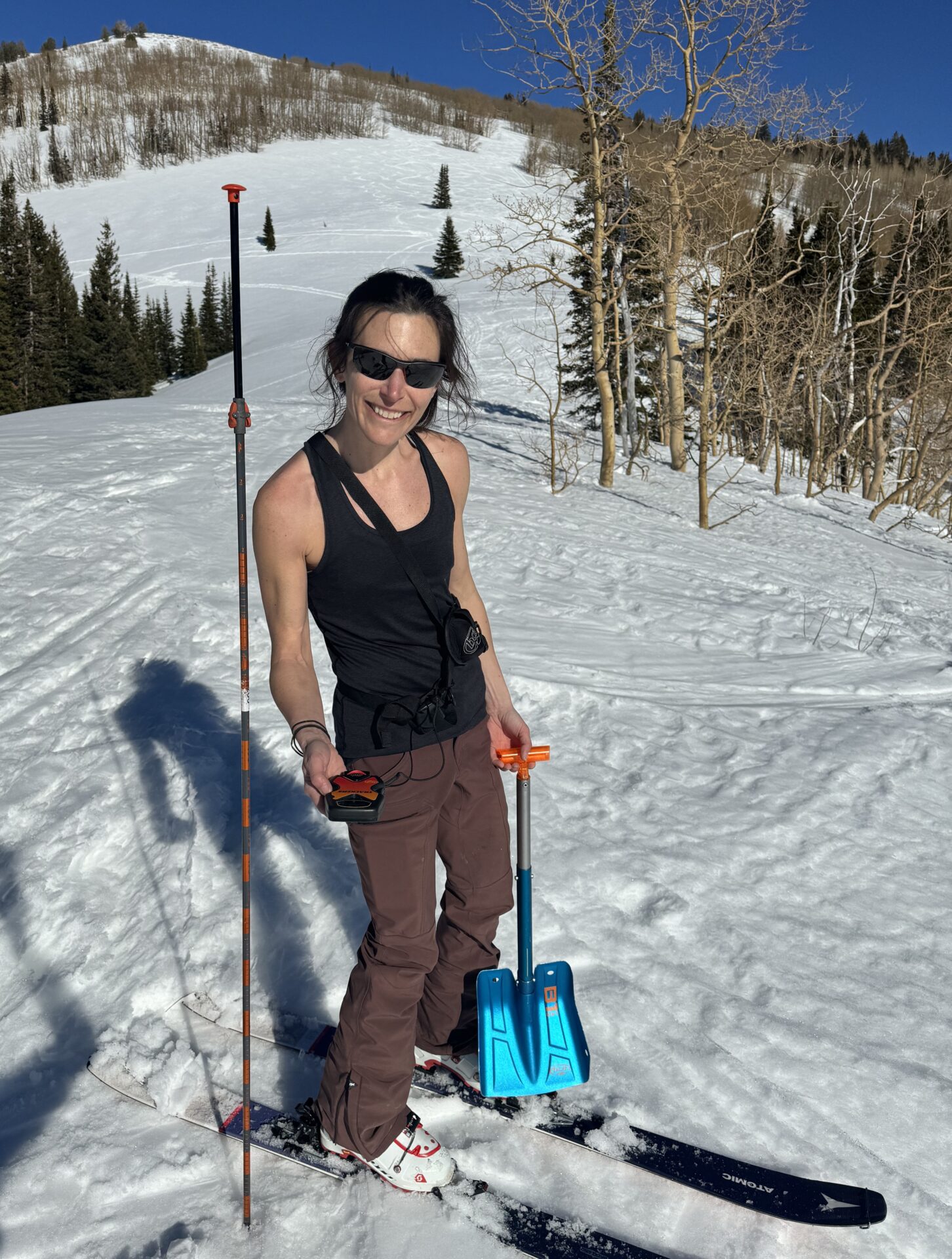
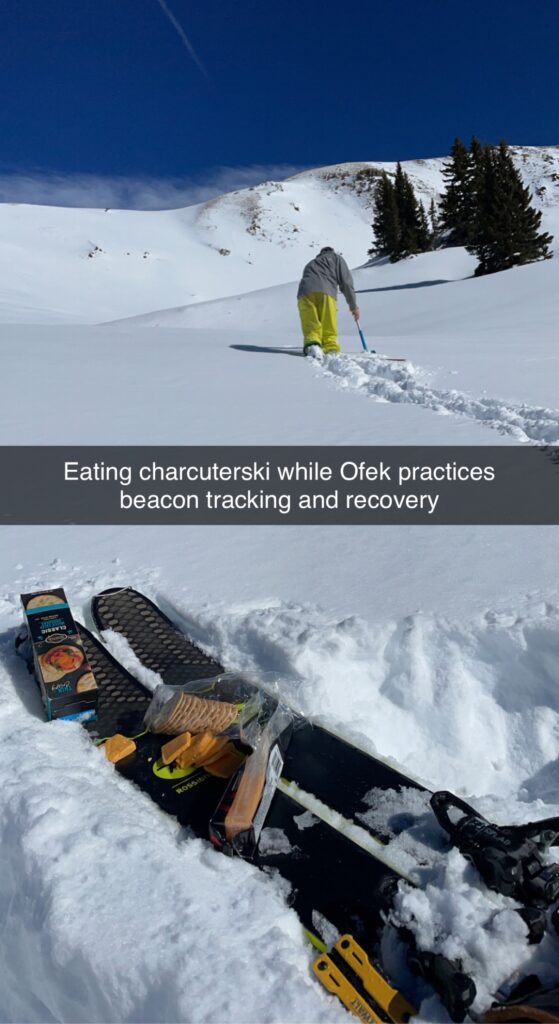
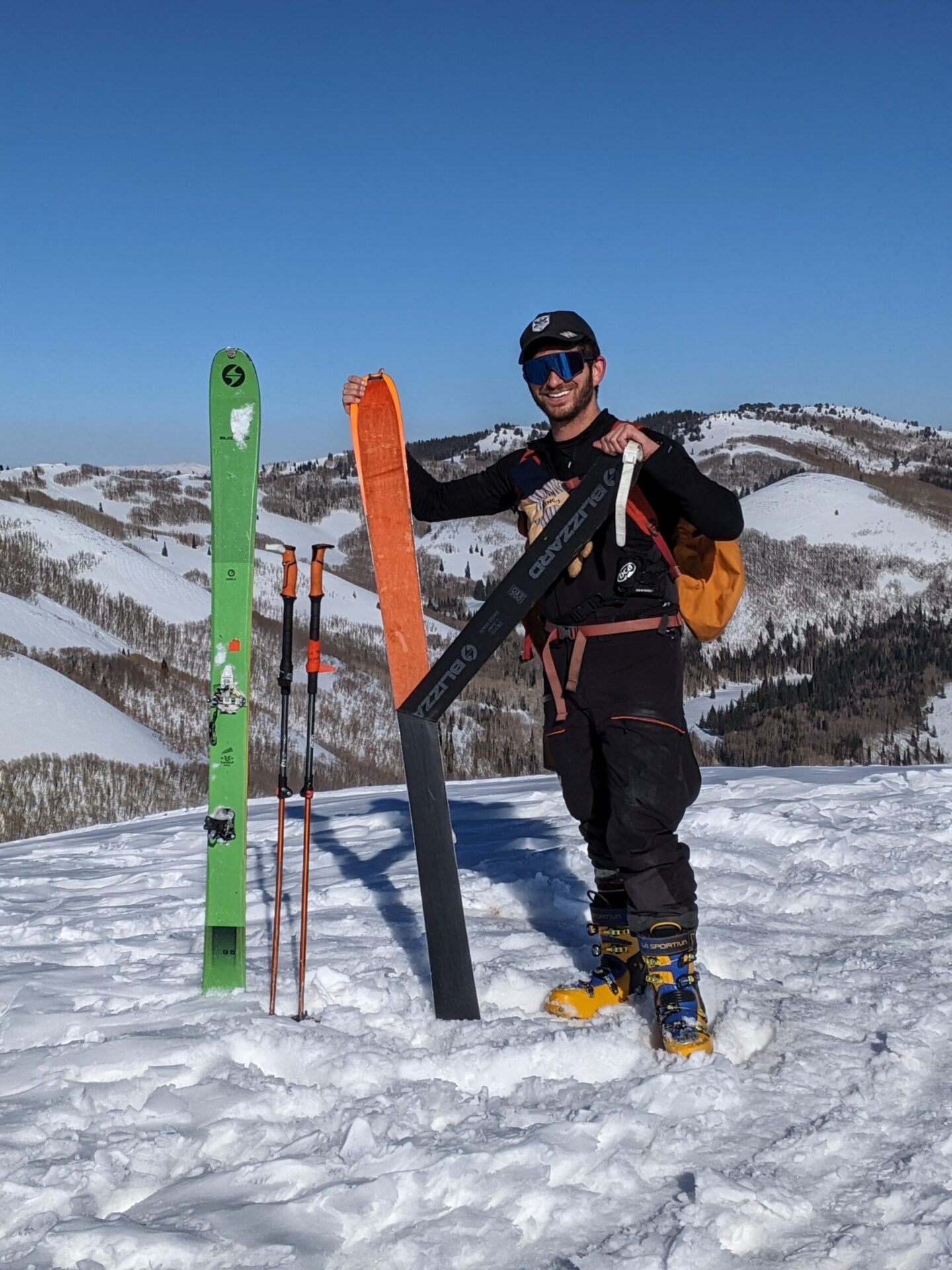
Avalanche safety equipment and education is absolutely critical to traveling in the backcountry. Every year, about a dozen people die in avalanches in the US. The #1 way to prevent this is through education of snow science and avalanche terrain. I have the most advanced recreational avalanche certification, read the avalanche forecast before every tour, and regularly conduct snow tests to increase my understanding of local conditions.
Furthermore, everyone in the backcountry caries a beacon, probe, and shovel, which all fit into a backcountry-specific backpack. The beacon is a 2-way transceiver that allows a rescuer (you or your partner) to find a person buried within about 40 meters. Once you locate your buried partner within a few meters, you use your probe (a folded-up stick) to try to poke them under the snow (I’m simplifying). Once you poke them, you take out your (collapsable) shovel and dig them out. Easy, right? All of these tools are reliable and durable, but also very rudimentary — practice with them is critical to improving your odds of success.
I sometimes also carry an avalanche airbag backpack when I’m touring more dangerous terrain. The airbag inflates into a large balloon behind my head with the pull of a trigger, allowing me to potentially float on top of an avalanche slide, instead of being buried. These bags could save your life, but are heavy, expensive, and do not guarantee survival. The best way to stay safe is to avoid avalanches all together.
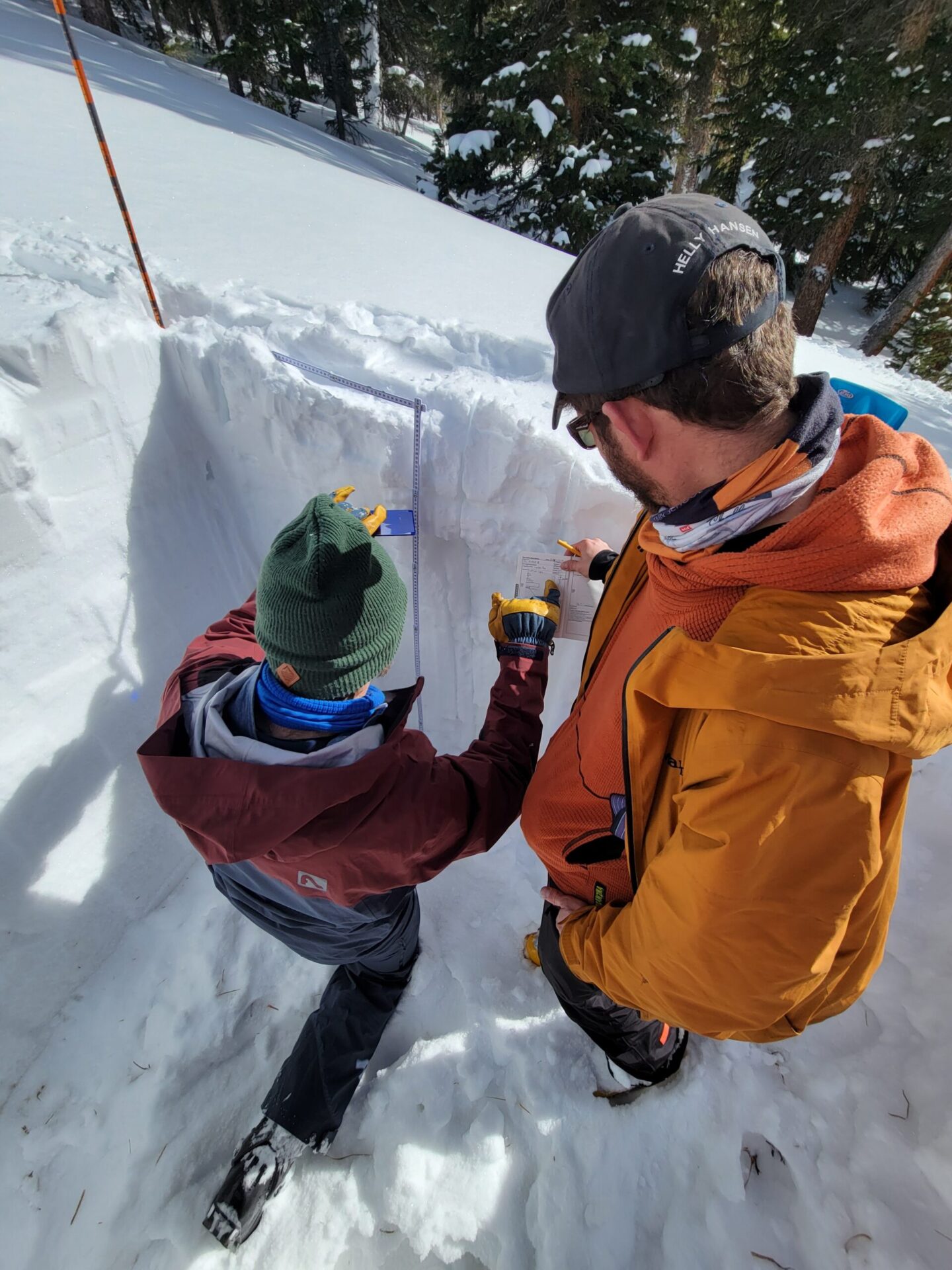
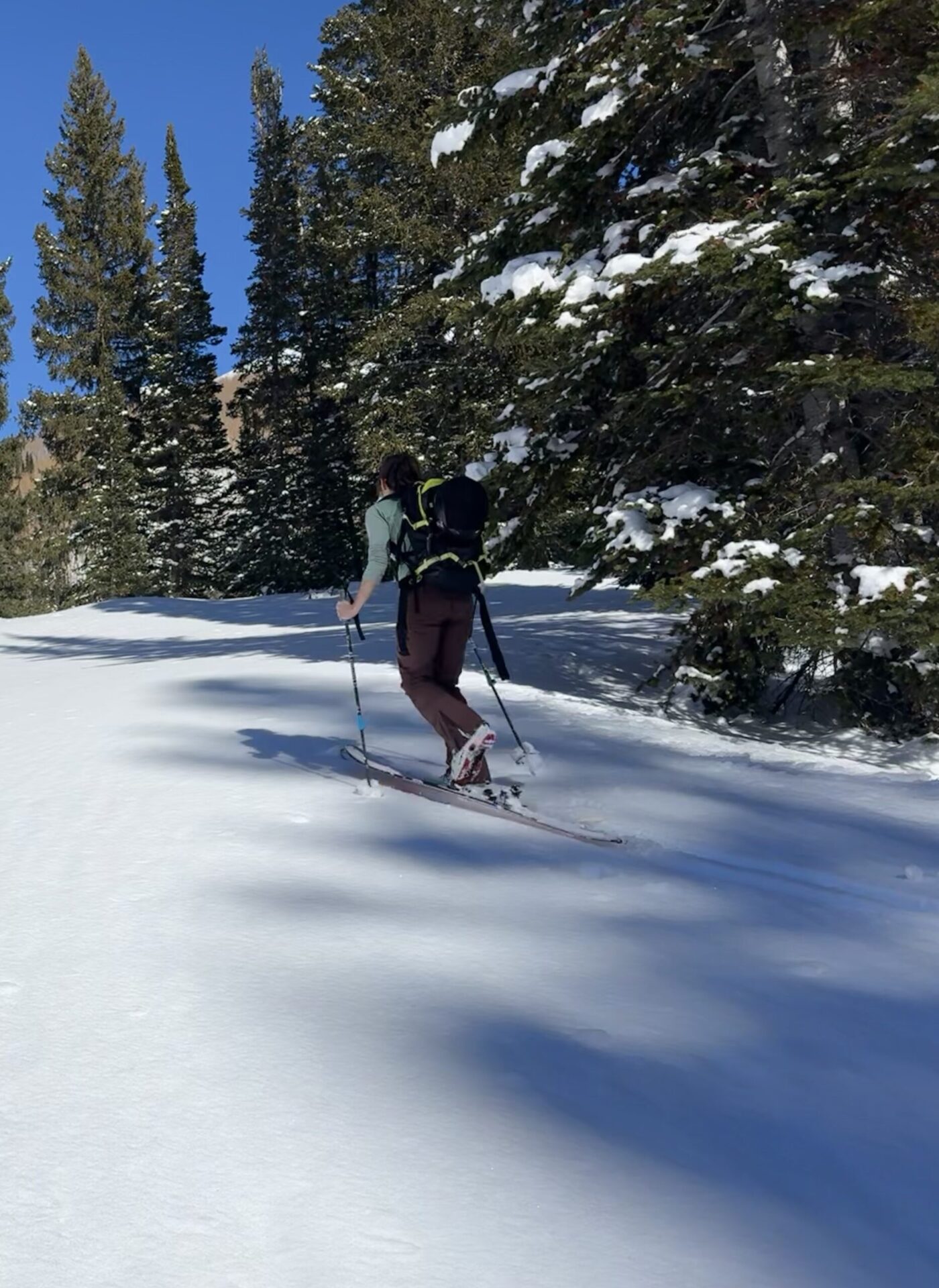
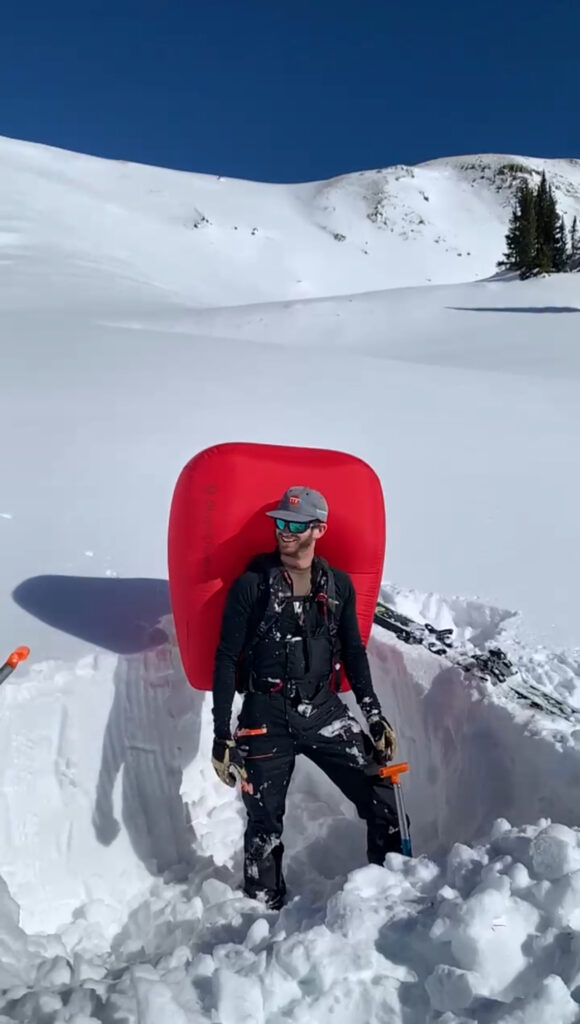
Ski touring can be a full day affair, but can also be done before or after work, as we often do. Our typical after-work tour goes up about 2,000 vertical feet, is about 5 miles roundtrip, and takes us about about 3 hours total. Sometimes we’ll spend the night in the backcountry to ski more, get to further objectives, or just for fun… but that’s a post for another time.
All in all, backcountry skiing is probably my favorite version of the sport: It is a great workout, an amazing way to explore new areas, a ton of fun, and it’s super rewarding.
I was once told there are two types of ‘fun’: Type I fun is easy and has instant payoff: drinking with friends, buying a new toy, resort skiing. Type II fun is hard and has a delayed payoff: going on a multi-day camping trek, finishing a big project, planning an elaborate trip, backcountry skiing. There is a time and a place for both, but the best payoffs – the ones you remember – tend to be Type II.
Wanna see more? Check out my March 2024 post on touring Utah.
A list of ski terminology can be found here
